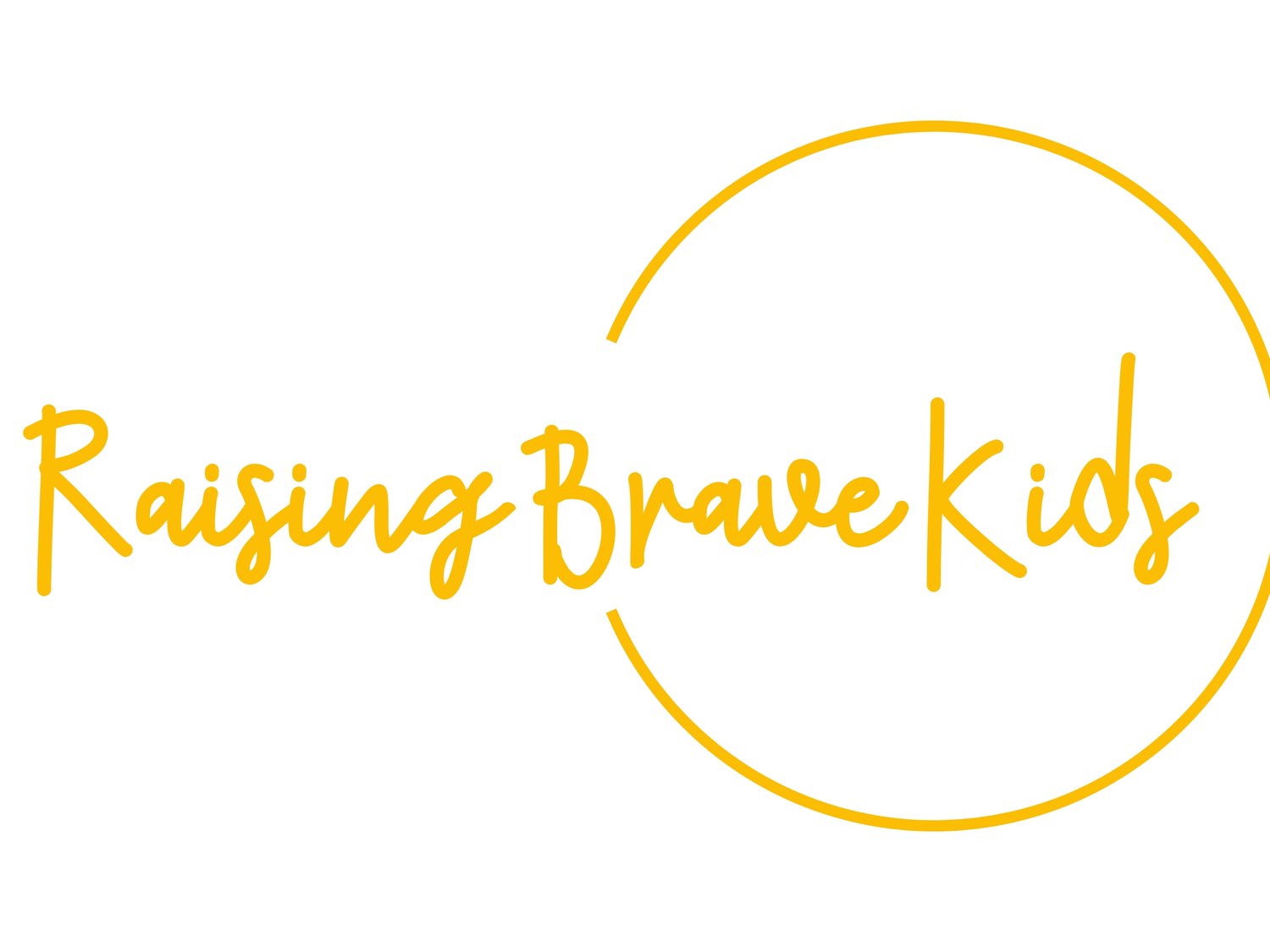Supporting Children with Selective Mutism
At Raising Brave Kids, we approach Selective Mutism (SM) as a social communication anxiety disorder, where difficulty with speaking is a symptom—not the core issue. This means that for children with selective mutism, the challenge goes beyond just speaking; it’s deeply tied to anxiety, social comfort, and self-confidence. Our goal is to help children feel safe, supported, and empowered as they work toward finding their voice in social settings.
A Comprehensive and Developmentally Sensitive Approach
We understand that no two children are alike, and their developmental stages significantly impact how we address selective mutism. Our tailored approach incorporates multiple evidence-based models, blending techniques that align with each child’s unique needs and strengths.
Because selective mutism is anxiety-based, we believe that speech emerges when a child feels comfortable and safe. Our step-by-step approach focuses on:
Reducing anxiety through calming techniques.
Building self-esteem with achievable goals.
Supporting social comfort and communication progress.
We emphasize a collaborative process that includes the child, their family, and key figures in their world (like teachers and school staff). By creating a strong support system, we help children experience progress not just in our office but in their everyday lives.
Empowering Children Through Understanding and Choice
Treatment works best when children feel involved and in control of their progress. Depending on the child’s age, we prioritize helping them:
Understand their anxiety and how it affects their communication.
Feel a sense of choice and control over their treatment steps.
Celebrate successes, no matter how small, to build confidence.
Collaborating with Families and Schools
We know that progress in therapy needs to extend beyond our sessions. Parents and caregivers are essential partners in this journey, and school staff plays a vital role in creating safe spaces for communication. That’s why we involve families and schools in the treatment plan, providing strategies and guidance to help reduce anxiety and encourage communication in the child’s daily life.
Our Framework for Treating Selective Mutism
We organize our work around proven models that help children and families make meaningful progress:
1. Behavioral Approach (Exposure-Based)
We use structured, gradual exposure to help children face their fears in manageable steps. Each step is designed to build confidence and build resilience and provide opportunities for their brains to learn a new way to handle triggering situations.
2. Cognitive Behavioral Therapy (CBT)
CBT techniques help children identify unhelpful thoughts, reframe them, and develop coping strategies. This lays the groundwork for emotional regulation and flexible thinking.
3. Family Systems Approach
We recognize the importance of family dynamics and work to support positive communication and collaboration within the home. Family are provided with homework and clear parenting skills to help their child move further towards their goals.
4. Motivational Interviewing
By focusing on the child’s own motivation and readiness for change, we help them feel ownership over their progress. This is especially important for individuals in elementary age & adolescent years.
A Collaborative Journey Toward Communication
At Raising Brave Kids, we don’t see Selective Mutism as just a speech issue—it’s a journey toward confidence, connection, and thriving in social environments. Our approach is holistic, compassionate, and built on the belief that every child deserves to feel understood and supported.
If you’re looking for guidance and support for a child with Selective Mutism, we’re here to help. Together, we can take the steps toward progress, one brave moment at a time.

